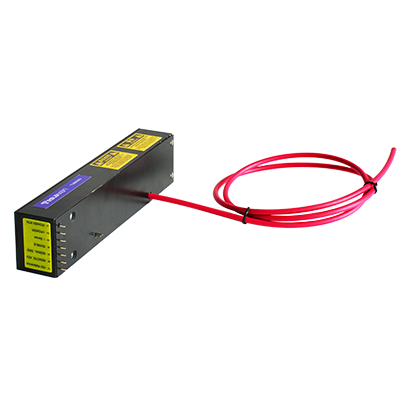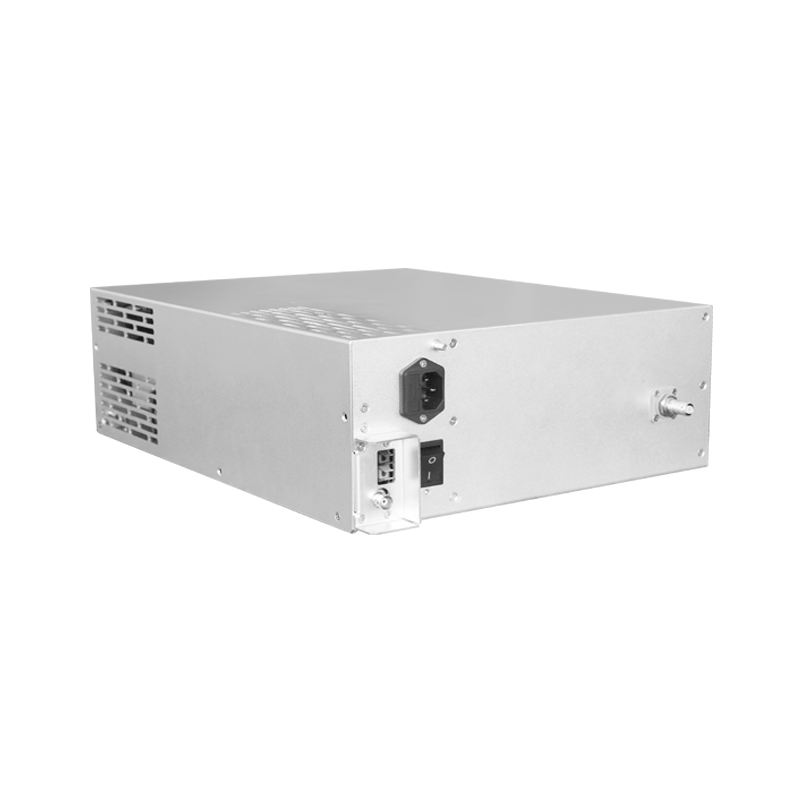Breakthrough in Resolution of Electronic Spectroscopy Power Supplies: The Core Value of High-Voltage Precision Control
As the heart of electronic spectroscopy technology, the performance of high-voltage power supplies directly determines the limits of energy resolution, spatial resolution, and temporal resolution. Recent breakthroughs in output stability, ripple suppression, and dynamic response speed have propelled electronic spectroscopy toward atomic-scale precision, providing unprecedented microscopic insights for materials science and energy research.
1. Energy Resolution: From Electron Volts to Millielectron Volts
The energy resolution of electronic spectroscopy relies on high-precision control of electron kinetic energy by high-voltage power supplies. Traditional voltage fluctuations cause spectral peak broadening, while next-generation power supplies achieve breakthroughs through:
Ultra-Low Ripple Design: Multi-stage filtering and feedback control circuits reduce output voltage ripple to below 0.001%, enhancing photoelectron spectroscopy (e.g., UPS, XPS) energy resolution to 0.1 eV—sufficient to distinguish chemical states of carbon (e.g., C-C vs. C=O bonds).
Dynamic Bias Compensation: In ultraviolet photoelectron spectroscopy (UPS), applying -5 to -10 V bias corrects secondary electron cutoff edges, reducing work function measurement errors to <0.01 eV.
> Case Study: In lithium battery electrode analysis, high-voltage Auger Electron Spectroscopy (AES) identifies subtle energy differences between LiF (268 eV) and metallic Li (255 eV), revealing the composition gradient in solid electrolyte interphases (SEI).
2. Spatial Resolution: Enabling Nanoscale Microarea Analysis
Electron beam focusing capability is central to microarea analysis. Key breakthroughs include:
Micro-Ampere Beam Control: Electrostatic lens systems compress electron beam spots to <10 nm, enabling AES chemical imaging of single particles or defects on electrode surfaces (Figure 1).
Shallow Sampling Optimization: Low incident electron energy (<5 keV) and sampling depth (<6 nm), combined with argon ion etching, resolve SEI composition gradients (e.g., Li₂O to LiF transition).
> Application: In high-temperature battery failure analysis, nanoscale AES detects increased surface Li content, confirming irreversible active lithium loss.
3. Temporal Resolution: Capturing Transient Surface Reactions
Dynamic process analysis requires millisecond-scale response:
Pulse Modulation Technology: High-frequency switching circuits (response time <1 ms) enable real-time electric field control in techniques like electric-field-induced fluorescence spectroscopy (EFIS), capturing electron state transitions during catalyst adsorption/desorption.
Multi-Channel Parallel Detection: Spin-resolved photoelectron spectrometers integrate 6,786 detection channels, improving data acquisition efficiency by 540,000× for simultaneous energy-momentum-spin mapping in topological materials.
4. Future Challenges and Directions
Two critical bottlenecks remain:
1. Extreme Environment Adaptability: Power supply instability under high temperature/strong magnetic fields limits real-time electrochemical characterization.
2. Multi-Parameter Coordination: Coupled spectroscopy-mass spectrometry requires synchronized control of ion source acceleration and lens focusing voltages.
Future advances will focus on intelligent power systems: AI algorithms for voltage drift prediction and dynamic compensation, alongside wide-temperature (-150~300°C) semiconductors for extreme-condition studies.
Key Technological Breakthroughs in High-Voltage Power Supplies
| Technical Metric | Breakthrough | Resolution Gain |
|------------------------|--------------------------------|----------------------------------|
| Voltage Stability | Ripple suppression <0.001% | Energy resolution: 0.1 eV (XPS/UPS) |
| Beam Spot Precision | Electrostatic lens focusing to 10 nm | Spatial resolution: Nanoscale (AES) |
| Dynamic Response Speed | Pulse modulation <1 ms | Temporal resolution: Millisecond (EFIS) |
| Multi-Channel Integration | Synchronized 6,786 channels | Data acquisition efficiency: 540,000× |
The refinement of high-voltage power supplies has transformed electronic spectroscopy from a macro-statistical tool to an atomic-scale dynamic probe. As precision voltage modulation merges with quantum detectors, ultra-high-resolution electronic state analysis will become the new language for uncovering material properties, driving foundational innovations in semiconductors, superconductors, and renewable energy.




















